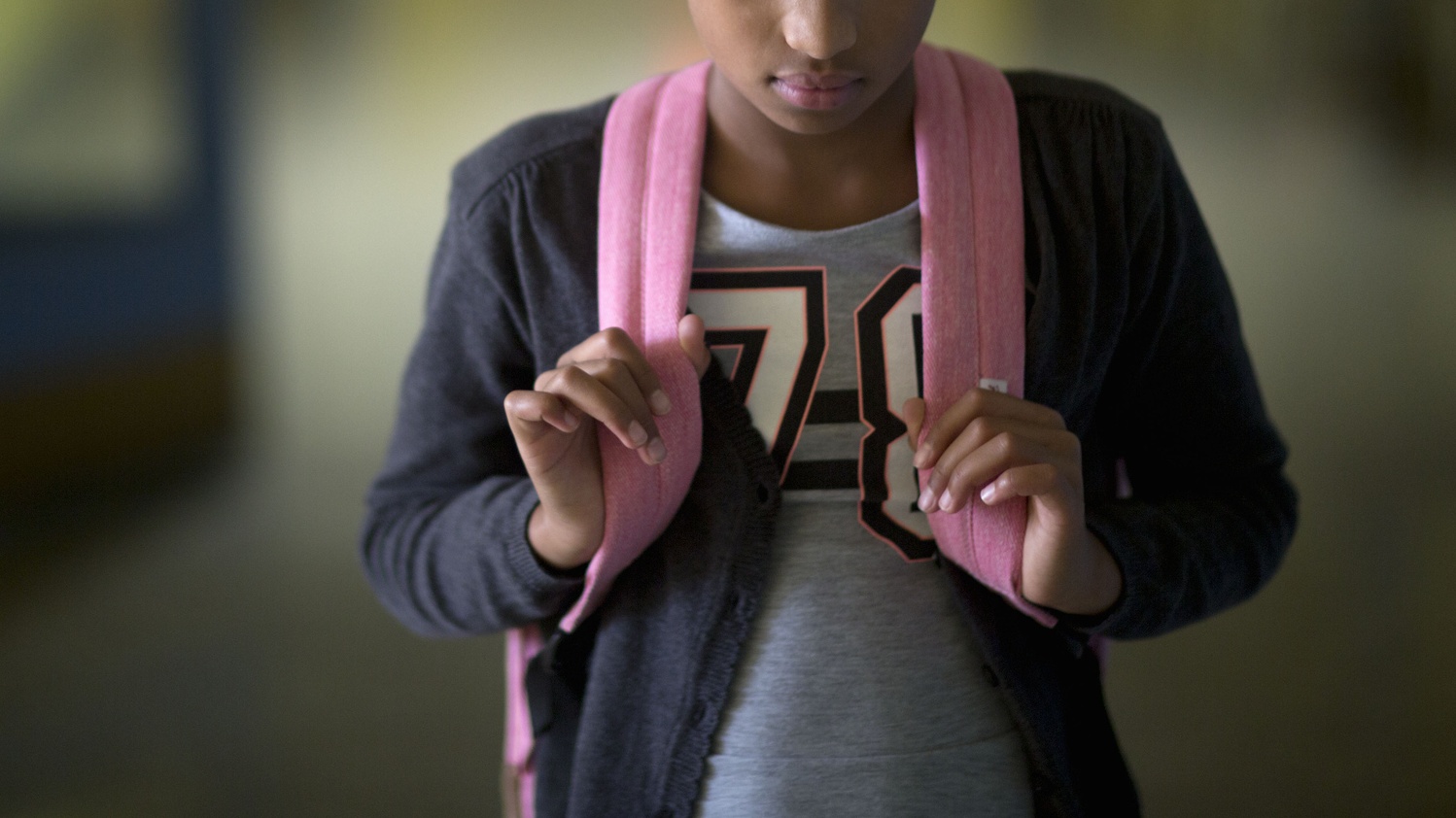Black teens, a large number of them being young Black girls, are frequently on the other side of police brutality and violence, a study conducted by The Marshall Project finds.
By conducting an investigation of six large police departments, the organization discovered almost 4,000 children 17 and younger had experienced some form of police violence between 2015 and 2020. Nearly 800 people from the study group, or about one-fifth of the children, were Black girls.
White girls, on the other hand, only made up about 3% of the group, with about 120 cases. The data also showed the largely understood fact that Black boys face police brutality at the highest numbers. Of the incidents studied by The Marshall Project, more than 2,200 cases showing use of force involved Black boys.
No matter the city — the project looked into New Orleans, Chicago, Minneapolis, Indianapolis, Columbus, Ohio, and Portland, Oregon — young Black girls were involved in a high number of use-of-force cases. In New Orleans, the project reports that every girl involved in a use-of-force case was Black. However, Black girls only reflect two-thirds of the girls living in the city.
A spokesperson for the New Orleans police department said they were typically involved in the "lower levels" of force, meaning hands, takedown, firearm pointing, etc. In Indianapolis, the police department said the majority of Black women involved in the cases were both the victims and suspects, which could be the reason behind the large numbers.
"Those numbers are concerning, but the statistics alone present a misleading picture,” Indianapolis police spokesman Lt. Shane Foley told the organization, adding that the department continues “to work towards addressing inequities in the community.”
The Portland police department said the numbers accurately correspond with the number of arrests involving Black people in the city. As for Chicago, the police department spokesperson responded to the study's findings by saying that "sanctity of life is the highest priority" for the city. Many of the other police departments refused to comment, The Marshall Project says.
A possible reason for the higher numbers could be explained by referencing the 2017 study conducted by the Georgetown Law Center, which discovered that most adults looked at Black girls as older and less innocent compared to white girls of the same age.
“Our deeply embedded biases about Black children being dangerous applies both to boys and girls, and I think we forget that,” Georgetown Law professor Kristin Henning told the foundation. “We wouldn’t even think about stopping a white girl in quite the way we stop a Black girl.”

